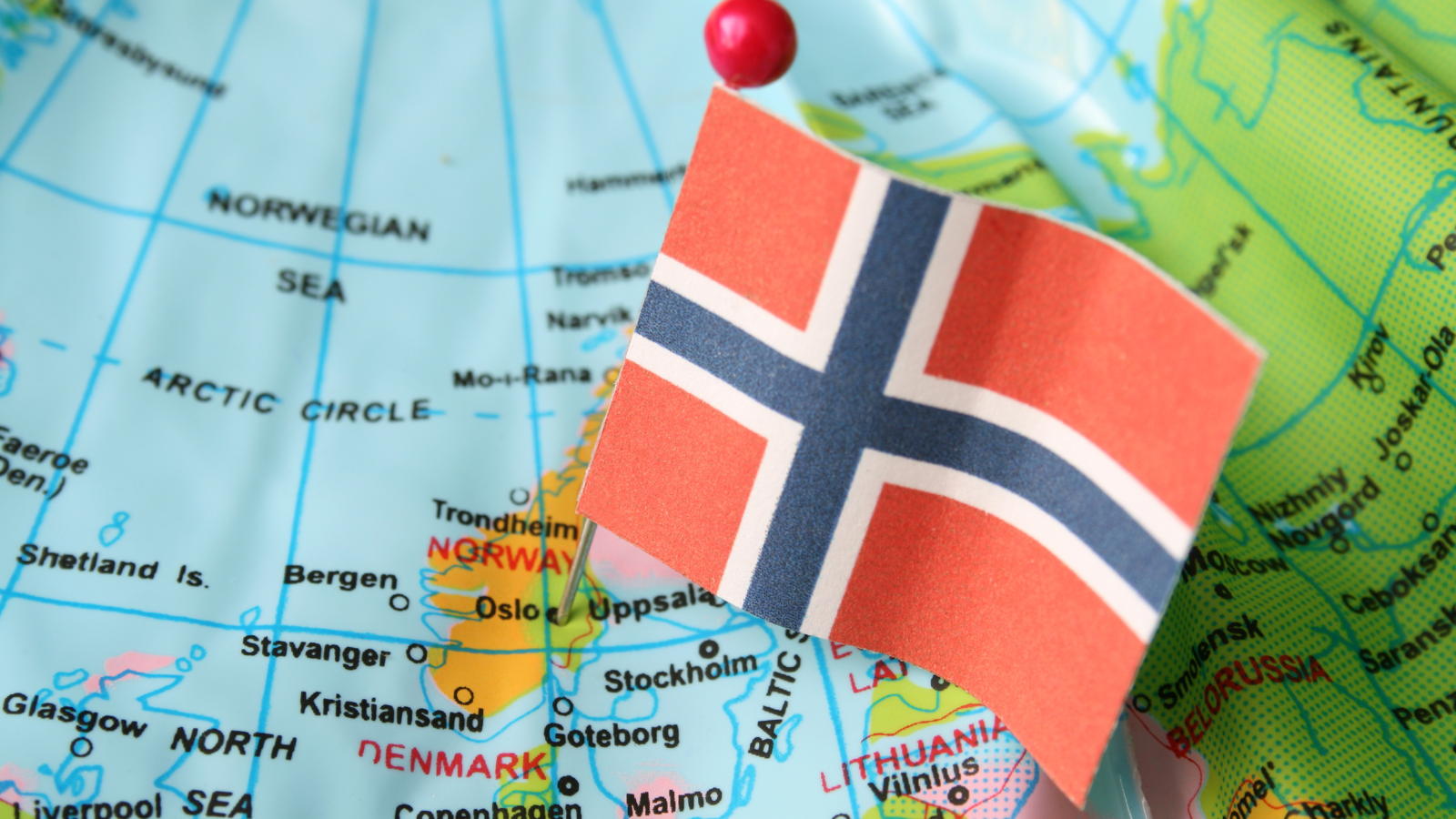
How to Explore the Best of Norway: A Complete Guide for Indian Travelers:
Norway is a country that captivates travelers with its breathtaking natural beauty, rich cultural heritage, and modern yet peaceful cities. For Indian travelers, Norway offers a unique blend of stunning fjords, snow-capped mountains, the enchanting Northern Lights, and vibrant urban experiences. This guide covers everything you need to know to make the most of your Norwegian adventure, from the best times to visit and must-see destinations to budget travel tips, cultural nuances, and more.
Best Time to Visit Norway:
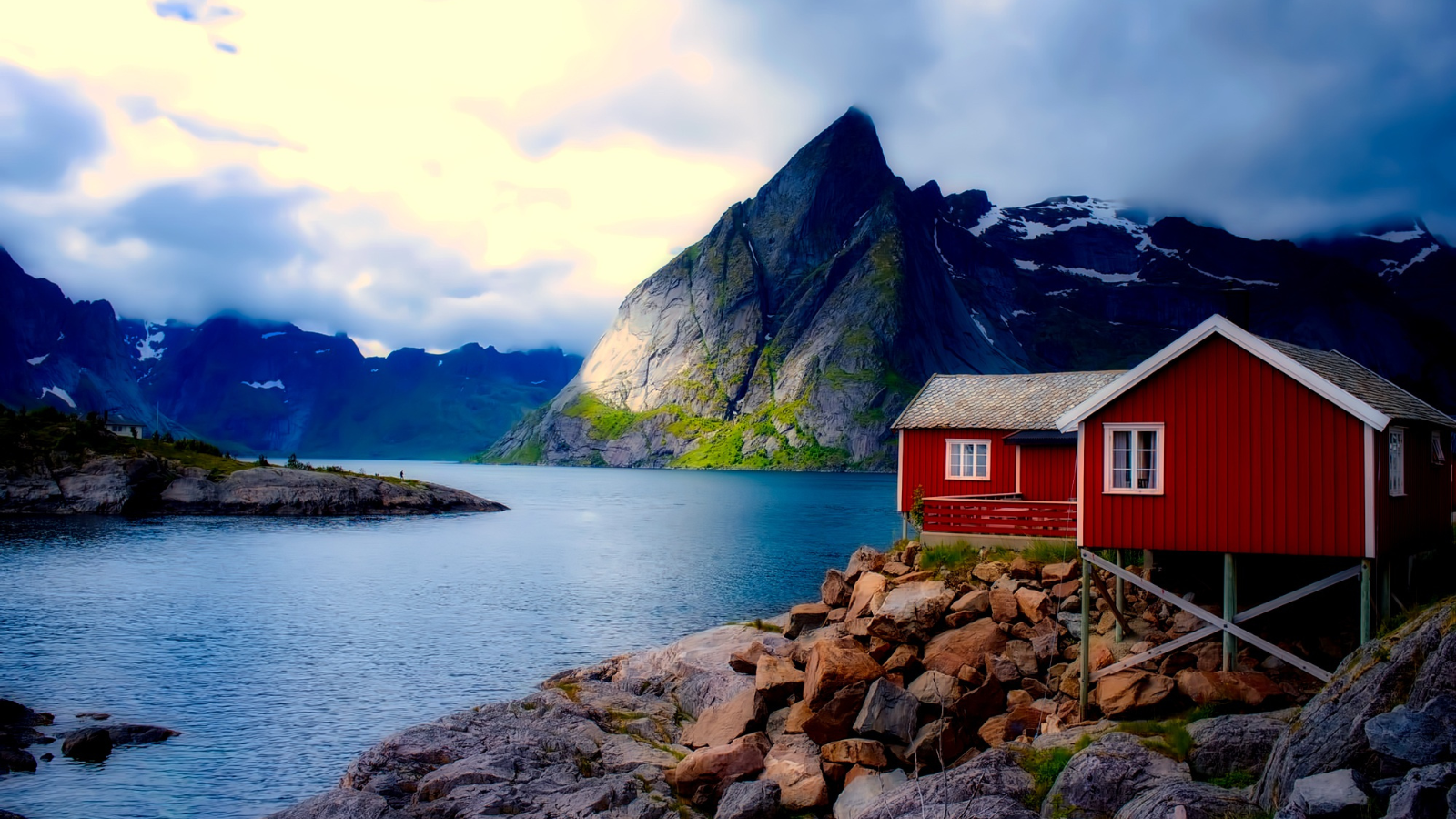
Norway’s seasons are distinct, each offering a unique experience:
- Winter (November to February): The cold, dark months are ideal for witnessing the Northern Lights, particularly in Tromsø and the Arctic Circle areas. Winter also brings the excitement of snow sports like skiing, dog sledding, and ice fishing.
- Spring (March to May): Spring is a time of renewal, with snow beginning to melt, wildflowers blooming, and longer daylight hours. It’s an ideal season for travelers who prefer mild weather and smaller crowds.
- Summer (June to August): The summer months bring the famous Midnight Sun, where daylight lasts up to 24 hours in some areas. This season is perfect for exploring fjords, going on hikes, and participating in cultural festivals.
- Autumn (September to October): Autumn is marked by colorful foliage, quieter tourist spots, and an opportunity to enjoy scenic landscapes. Prices also tend to be lower, making it a budget-friendly choice.
Recommendation for Indian Travelers: Summer and winter are ideal seasons for first-time visitors, with summer offering endless daylight and winter providing the magic of the Northern Lights.
Must-See Destinations:

Oslo:
- As Norway’s capital, Oslo seamlessly combines contemporary architecture, historical landmarks, and natural beauty. It’s a vibrant city that offers something for everyone, from art and history lovers to nature enthusiasts.
- Vigeland Sculpture Park:
This iconic park in Oslo’s Frogner neighborhood is one of the city’s most unique attractions. Designed by Gustav Vigeland, the park features over 200 bronze, granite, and wrought iron sculptures, each depicting the human form and emotions. It's a beautiful open-air space, perfect for strolling, photography, and admiring Vigeland's exploration of human relationships. - The Viking Ship Museum:
Norway’s Viking history comes alive at this museum, home to remarkably well-preserved Viking ships and artifacts discovered in burial mounds along the Oslofjord. The museum displays the Oseberg, Gokstad, and Tune ships, each providing insights into Viking craftsmanship, burial customs, and the maritime history that shaped Norway. - Aker Brygge and the Oslo Opera House:
Aker Brygge is a bustling waterfront area filled with restaurants, shops, and art installations. The nearby Oslo Opera House is a stunning architectural marvel with a sloping roof that visitors can walk on for panoramic views of the fjord. These areas are perfect for an evening stroll, sampling local cuisine, or attending cultural performances. - Royal Palace:
The Royal Palace, home to Norway’s royal family, is a neoclassical building surrounded by beautiful gardens. Visitors can observe the Changing of the Guard ceremony and explore the Palace Park, a favorite among locals and tourists alike. In summer, guided tours are available, showcasing the palace’s interior and its historical significance. Bergen and the Fjords:
- The city of Bergen, known as the “Gateway to the Fjords,” is steeped in history and surrounded by dramatic landscapes. This UNESCO World Heritage site is a must-visit for its vibrant culture and proximity to Norway’s famous fjords.
- Bryggen Wharf:
A picturesque area lined with colorful wooden houses, Bryggen represents Bergen’s historic role as a Hanseatic League trading hub. Walking through the narrow alleyways, visitors will find cozy cafes, artisan shops, and museums that tell stories of Bergen’s mercantile past. - Fløyen Funicular:
Take the Fløyen Funicular to the top of Mount Fløyen, where panoramic views of Bergen, its fjord, and surrounding mountains await. The mountaintop is a gateway to several hiking trails, picnic areas, and even a family-friendly troll forest, making it a wonderful outing for travelers of all ages. - Fjord Excursions:
Bergen’s proximity to fjords like Geirangerfjord and Nærøyfjord makes it a prime base for fjord cruises. These UNESCO-listed fjords are known for their majestic cliffs, waterfalls, and tranquil waters. Travelers can embark on day cruises, kayak adventures, or guided tours that delve into the natural and cultural heritage of Norway’s fjord regions. Tromsø – The Arctic Capital:
- Tromsø, situated within the Arctic Circle, is a gateway to Norway’s winter wonderland. Known as one of the best places on Earth to see the Northern Lights, Tromsø also offers an immersive Arctic experience.
- Northern Lights Safari:
Between late September and early April, Tromsø is a hotspot for witnessing the Aurora Borealis. Local tour operators offer guided safaris, taking tourists to the best locations outside the city to maximize viewing chances. Some tours include photography guides, hot drinks, and even traditional Sami reindeer experiences for a memorable night. - Polar Museum:
Tromsø’s Polar Museum sheds light on Norway’s Arctic exploration history, including stories of polar explorers and trappers. Exhibits cover expeditions by famous figures like Roald Amundsen and Fridtjof Nansen, as well as the challenging life of early Arctic settlers. - Reindeer Sledding and Sami Culture:
Tromsø is one of the best places to learn about the indigenous Sami people, who have lived in Norway’s far north for centuries. Join a reindeer sledding adventure, guided by Sami herders, and experience a slice of Sami culture, with insights into traditional reindeer husbandry, handicrafts, and stories around a campfire in a lavvu (Sami tent). Lofoten Islands:
- The Lofoten Islands are renowned for their dramatic landscapes, jagged peaks, serene beaches, and picturesque fishing villages. It’s a paradise for photographers, hikers, and anyone looking to experience Norway’s raw natural beauty.
- Hiking Trails:
Lofoten offers some of Norway’s most scenic hiking trails. Popular hikes include Reinebringen, known for its panoramic view of the Reinefjorden and the surrounding peaks, and Ryten, which offers a stunning view over Kvalvika Beach. These trails range from easy to challenging, with rewards that are well worth the effort. - Fishing Villages and Rorbu Cabins:
The Lofoten Islands are dotted with traditional fishing villages like Reine and Henningsvær, where red and yellow rorbu (fishermen’s cabins) line the shore. Many of these cabins have been transformed into cozy accommodations, allowing visitors to experience local life and soak in the stunning surroundings. Fishing enthusiasts can also join local fishermen on deep-sea fishing trips. - Kayaking and Sea Eagle Safaris:
Explore Lofoten’s coastline by kayak, gliding through calm fjord waters and taking in the islands’ rugged beauty. For wildlife lovers, sea eagle safaris offer a chance to spot these majestic birds soaring over the fjords, often diving into the water to catch fish. The combination of kayaking and wildlife spotting makes for an unforgettable experience.
Budget Travel Tips for Norway:
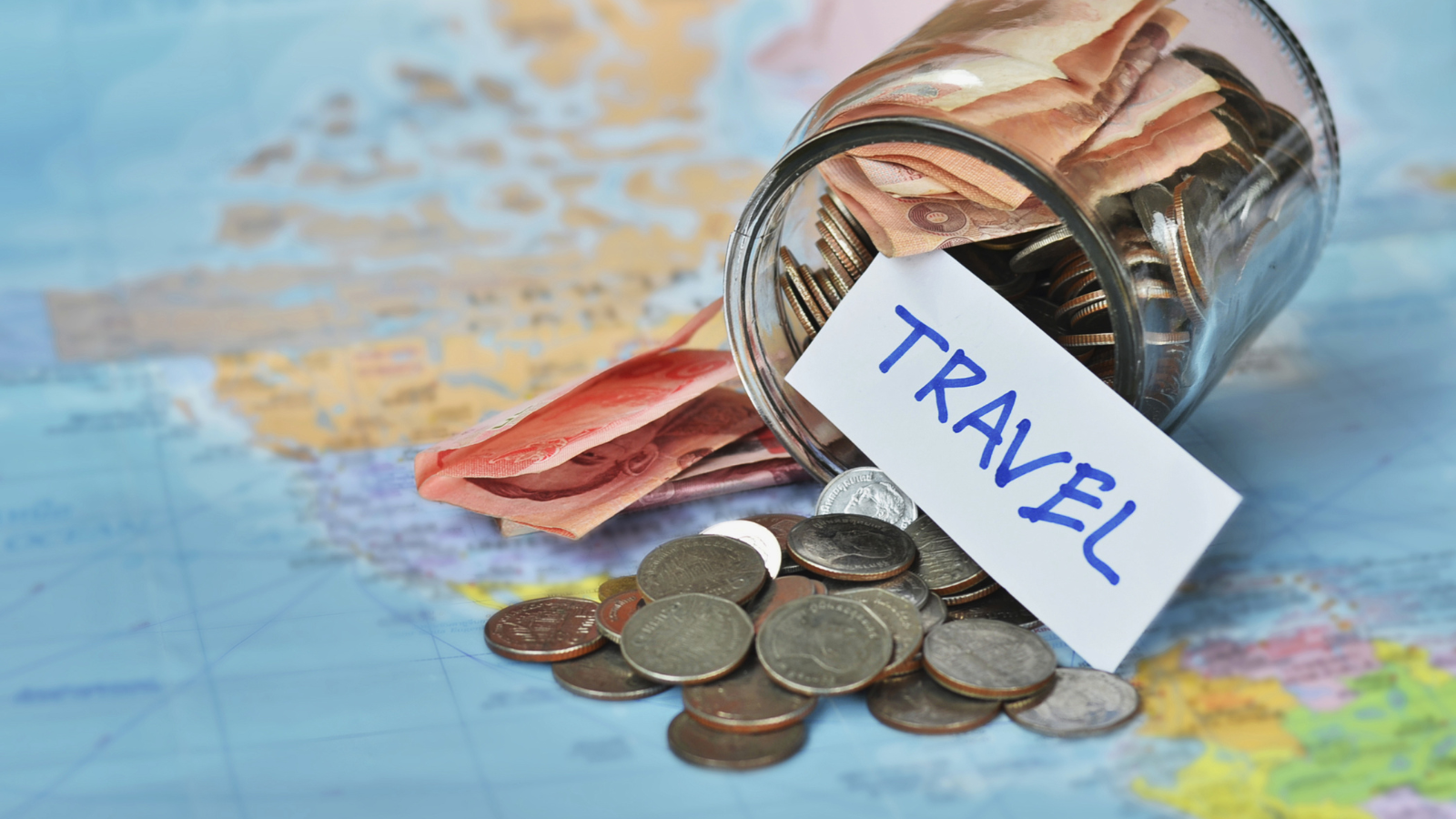
Norway is known for its high living standards and, subsequently, high costs for travelers. However, with a bit of strategic planning, Indian tourists can experience Norway without breaking the bank. Here’s how:
Accommodation
- Budget-Friendly Stays:
- Hostels: Hostels in Norway are clean, comfortable, and often have communal kitchens where you can prepare your meals. Popular hostel chains like HI Norway offer discounts if you’re a member.
- Budget Hotels: Consider budget-friendly hotel chains like Scandic Hotels and Comfort Hotels, which often provide a basic breakfast included in the room price.
- Airbnb Rentals: Airbnb offers private rooms and entire apartments at lower costs than hotels, especially if you’re traveling in a group.
- Campgrounds and Cabins: Norway has a robust camping culture, and you can often find budget-friendly cabins in campgrounds, especially in fjord areas and national parks. The Norwegian Trekking Association (DNT) offers affordable cabins in scenic locations, though booking in advance is recommended.
- Stay in Suburbs or Smaller Towns:
Major cities like Oslo and Bergen can be pricey. Staying in nearby towns or suburbs can reduce accommodation costs significantly, and Norway’s excellent public transport makes it easy to commute to main attractions. - Couchsurfing and Homestays:
For the adventurous, Couchsurfing offers a way to meet locals and stay for free. Additionally, homestays provide an affordable option and offer a glimpse into Norwegian daily life and culture.
Transportation:
- Norway in a Nutshell Pass:
This pass covers transportation across Norway’s most scenic routes, including the Flåm Railway, fjord cruises, and bus journeys. It’s a convenient option that combines several iconic experiences at a more affordable rate than booking each segment separately. - Public Transport Passes:
In cities like Oslo and Bergen, consider purchasing day passes or weekly passes for unlimited travel on buses, trams, and metro systems. Apps like Ruter (for Oslo) and Skyss (for Bergen) allow easy ticket purchases and route planning. - Long-Distance Trains and Buses:
Norway’s long-distance trains, such as those on the Bergen Line and Nordland Line, are scenic and affordable if booked in advance. The Vy website offers discounts on long-distance routes if booked early. Buses, like Nor-Way Bussekspress and Flixbus, provide budget-friendly options for intercity travel. - Rental Cars and Carpooling:
Car rentals can be split among group travelers to make it affordable. Also, carpooling services like GoMore allow travelers to share rides with locals heading in the same direction, reducing costs and environmental impact.
Food and Dining:
- Supermarkets:
- Rema 1000, Kiwi, Coop, and Spar offer budget-friendly groceries. You can find staples like bread, pasta, fruits, vegetables, and snacks. These stores often have “discount sections” with items close to expiration at reduced prices.
- Discounted Evening Groceries: Some supermarkets reduce prices on fresh produce and baked goods in the evenings. Look for “last day” deals for substantial savings.
- Self-Catering Options:
Many hostels, Airbnb rentals, and campgrounds offer kitchen facilities. Cooking your meals can save a lot of money, especially when dining out can be expensive in Norway. - Street Food and Cafés:
In larger cities, food trucks and casual cafés offer affordable options. Items like pølse (Norwegian hot dogs) and lapper (Norwegian pancakes) are affordable, filling, and offer a taste of local flavors. - Indian Restaurants for Occasional Splurges:
If you crave familiar flavors, Indian restaurants like Punjab Tandoori in Oslo and India Gate in Bergen offer lunch specials, which are often cheaper than dinner menus. Additionally, these restaurants sometimes offer buffet-style dining, allowing you to sample more dishes at a fixed price.
Attractions
- National Parks and Nature Reserves:
Norway’s natural beauty is free to explore! National parks and nature reserves are open to the public, with no entry fees. Popular parks like Jotunheimen and Hardangervidda offer endless hiking, cycling, and nature-viewing opportunities. - Museums with Free Days:
Many museums in Oslo and other cities offer free or discounted entry on certain days of the week. For example, The National Museum in Oslo has free entry on Thursdays, while The Munch Museum also offers discounts on specific days. - City Walking Tours:
Free or low-cost walking tours are available in Oslo, Bergen, and Trondheim, where guides work for tips. These tours provide historical and cultural insights and are a great way to explore key areas on a budget. - Outdoor Public Spaces and Sculptures:
Oslo’s Vigeland Sculpture Park is a fantastic example of a free outdoor attraction, showcasing over 200 sculptures by Gustav Vigeland. Similarly, in Bergen, you can enjoy Mount Fløyen for free if you hike up instead of taking the funicular. - Use the Oslo Pass and Bergen Card for Discounts:
The Oslo Pass and Bergen Card offer free or discounted access to numerous attractions, as well as free public transportation within these cities. These passes also provide discounts at select restaurants, shops, and entertainment venues.
Additional Money-Saving Tips
- Student and Youth Discounts:
If you’re a student or under 30, many attractions, transport services, and accommodations offer discounts. Carry your student ID to avail these discounts. - Water and Coffee Hacks:
Tap water in Norway is safe to drink, so carry a refillable water bottle to avoid buying bottled water. Coffee in Norway is expensive, but some accommodations offer free coffee, or you can brew your own with an affordable travel coffee maker. - SIM Cards and Wi-Fi:
Instead of relying on roaming, purchase a local SIM card from Telia or Telenor for affordable data options. Wi-Fi is also widely available in cafés, hotels, and public spaces, helping you stay connected without additional costs. - Tax-Free Shopping:
As a non-EU tourist, you can claim a tax refund on certain purchases over a minimum amount. When shopping for souvenirs or higher-value items, look for stores offering Tax-Free Shopping, and remember to present your receipts at the airport to claim a refund before departure. - Outdoor Adventures without Guides:
If you’re comfortable exploring independently, many hiking trails and nature areas are well-marked and accessible without a guide, saving money on guided tours. However, always ensure that you’re prepared and informed about trail conditions and safety guidelines.
Local Cuisine and Indian Food Options:
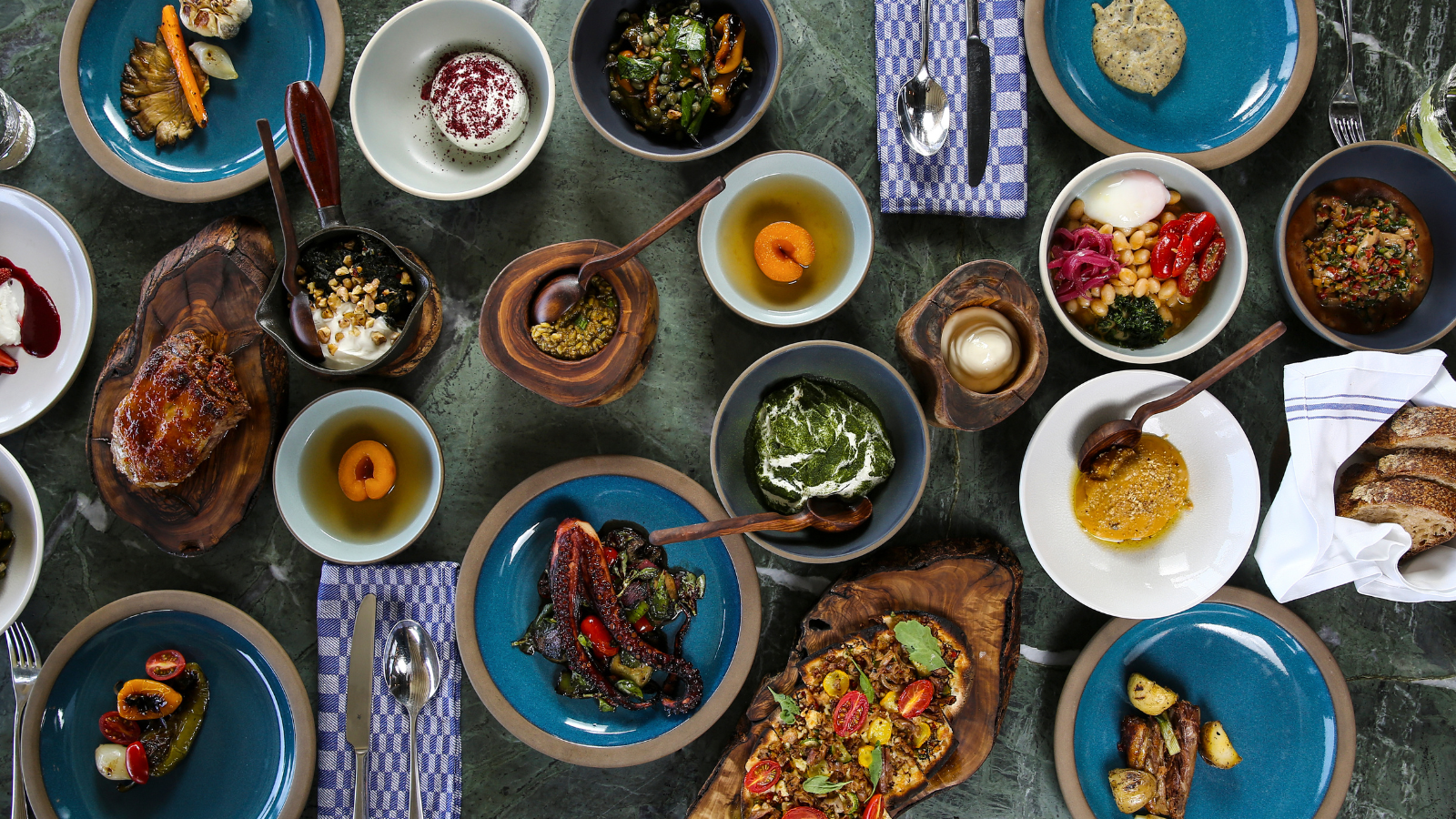
Traditional Norwegian Dishes to Try:
- Norwegian cuisine reflects its natural surroundings and cultural history, heavily influenced by the cold climate, coastal resources, and reliance on seafood and preservation methods. For travelers, sampling Norwegian food is a great way to experience local culture. Here are some unique Norwegian dishes worth trying:
- Rakfisk (Fermented Fish):
Rakfisk, typically made from trout, is a traditional Norwegian delicacy. The fish is salted and fermented for several months, giving it a strong aroma and flavor. It's usually served sliced with flatbread, sour cream, onions, and potatoes. This dish is popular during the autumn and winter months and is best tried at local restaurants or Norwegian food markets. - Kjøttkaker (Norwegian Meatballs):
Kjøttkaker are a staple comfort food in Norway, often made from a mix of ground beef and pork, seasoned with spices, and served with brown gravy. It’s typically accompanied by boiled potatoes, peas, lingonberry jam, and cabbage. For those who prefer a taste of home-cooked Norwegian cuisine, this hearty dish can be found in traditional restaurants and is especially popular with families. - Brunost (Brown Cheese):
This caramelized brown cheese, made from goat’s milk, has a unique sweet and slightly tangy taste. It’s commonly enjoyed as a breakfast or snack item, thinly sliced and served on bread or crispbread with butter. Brunost is readily available in supermarkets, and travelers can enjoy it at local cafes or pick up a block to bring home as a souvenir. - Klippfisk (Salted and Dried Fish):
Klippfisk, or dried cod, is a traditional preservation method used for centuries in Norway. The fish is salted, dried, and often rehydrated before cooking. Klippfisk is commonly used in stews or served with potatoes and vegetables. You can find klippfisk-based dishes in coastal towns, especially in Bergen and Ålesund. - Lutefisk (Dried Fish in Lye):
Lutefisk is a unique and somewhat polarizing dish, made by soaking dried fish in lye and then rinsing and rehydrating it before cooking. Often served with potatoes, bacon, and mustard sauce, this dish is a classic during the Christmas season and is best experienced with guidance from a local who appreciates its flavors. - Rømmegrøt (Sour Cream Porridge):
Rømmegrøt is a traditional Norwegian dish made from sour cream, flour, and milk. It's typically served with butter, sugar, and cinnamon, and sometimes with cured meats on the side. This creamy porridge is particularly popular during festivals and holidays and is considered a comfort food in Norwegian households. - Smoked Salmon and Gravlaks (Cured Salmon):
Norway is known for its salmon, and smoked salmon is a widely popular delicacy. Gravlaks, a specific type of cured salmon, is marinated in a mixture of salt, sugar, and dill. Both are served thinly sliced on bread or crispbread, often with a dollop of mustard sauce, making it a light and delicious treat. - Pølse med Lompe (Hot Dog with Flatbread):
Norway’s take on the hot dog, this street food favorite is wrapped in a soft flatbread (lompe) and topped with condiments like mustard, ketchup, or fried onions. It’s a quick and tasty snack, popular at food stands and gas stations. Indian Restaurants in Norway:
- Indian cuisine has become quite popular in Norway, and travelers will find Indian restaurants in major cities offering authentic flavors and dishes that cater to various dietary preferences. Here are some highly recommended spots for Indian food:
- Der Peppern Gror – Oslo:
Located in the heart of Oslo, Der Peppern Gror serves an innovative Indian menu with a Scandinavian twist. Known for its fusion dishes and stylish decor, the restaurant offers favorites like butter chicken, lamb vindaloo, and even Scandinavian-inspired dishes with Indian spices. They also offer a selection of vegetarian options. - New Anarkali – Oslo:
A more traditional Indian restaurant, New Anarkali serves a wide variety of curries, tandoori items, and freshly made naan bread. Located in the Grünerløkka area, it’s a popular spot among locals and tourists alike. - Maharaja – Bergen:
Maharaja is a long-standing Indian restaurant in Bergen known for its authentic flavors and cozy ambiance. The restaurant offers classic dishes like biryani, palak paneer, and lamb rogan josh, along with an assortment of vegetarian and vegan options. The attentive staff and traditional decor make it a comforting place for Indian travelers. - Indian Tandoori – Tromsø:
For those exploring Tromsø, Indian Tandoori provides a familiar taste in the Arctic Circle. This restaurant is known for its generous portions and delicious dishes, including tandoori chicken, dal makhani, and fish curry. Indian Tandoori is popular among locals and tourists for its flavorful spices and warm atmosphere. - Jai Hind Indian Cuisine – Stavanger:
Jai Hind offers a rich selection of North and South Indian dishes, including dosa, idli, and various curries. Stavanger is known for its seafood, so trying their fish curry is a great way to combine local ingredients with Indian flavors. - Punjab Tandori – Trondheim:
A favorite in Trondheim, Punjab Tandori serves up traditional Punjabi dishes like butter chicken, paneer tikka, and lamb kebabs. Known for its home-style cooking, this restaurant is a comforting stop for Indian travelers looking for familiar flavors. Self-Catering Options:
- For travelers who prefer cooking their own meals, Norway offers plenty of options for self-catering, especially in larger cities where Indian ingredients are more accessible:
- Supermarkets and Indian Grocery Stores:
Norway’s supermarkets, such as Coop, Rema 1000, and Meny, carry basic ingredients like rice, lentils, and spices. In major cities like Oslo and Bergen, specialty Indian grocery stores such as Masala Bazaar and Desi Dukkan stock essentials like basmati rice, masoor dal, garam masala, and ready-to-eat meals. These stores also carry a variety of Indian snacks and sweets. - Accommodations with Kitchen Facilities:
Many budget hotels, hostels, and Airbnb rentals in Norway come equipped with kitchenettes, making it convenient to cook simple meals. This option can be particularly helpful for Indian families or travelers with dietary restrictions who want the comfort of homemade food. - Pre-Packaged Meals and Ready-to-Eat Options:
Ready-to-eat Indian meals are available in Indian stores and some supermarkets. Options include dal, rice dishes, and curries, which can be quickly heated and enjoyed. Many travelers find these options useful for road trips or days when they don’t have access to restaurants. - Farmer’s Markets for Fresh Produce:
Norway’s farmer’s markets, such as Oslo’s Mathallen Market, offer a wide variety of fresh, locally grown produce. Travelers can find fruits, vegetables, and dairy products to prepare home-cooked meals. For Indian travelers, the variety of vegetables like potatoes, carrots, and leafy greens can be used to make simple, familiar dishes. - Tips for Cooking Indian-Style Meals in Norway:
With a few spices like cumin, turmeric, chili powder, and garam masala, available at Indian stores, travelers can recreate many traditional dishes. Dal or curry can be made using local vegetables, while yogurt and buttermilk, easily available, can complement meals with familiar flavors.
Packing and Travel Essentials:
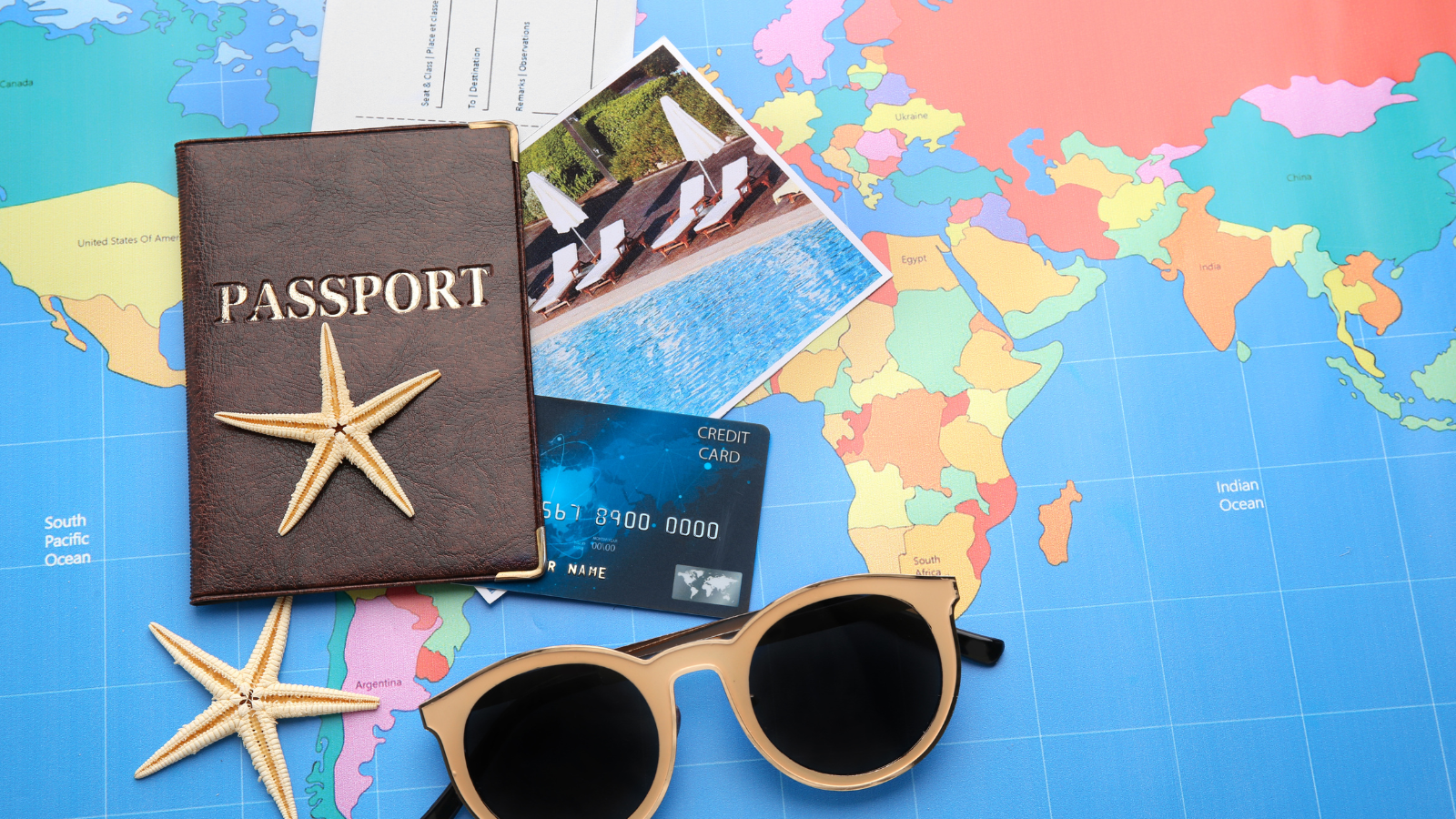
Winter Essentials (November to March)
- Norway’s winter can be intense, especially in the northern regions. Packing the right gear is crucial to stay warm and comfortable while exploring snowy landscapes and engaging in winter activities.
- Thermal Base Layers:
Thermal tops and leggings made from merino wool or synthetic fabrics are essential for retaining body heat. Layer these under your clothing to stay warm during outdoor excursions. - Insulated Jackets and Down Coats:
Choose a high-quality insulated jacket or down coat that’s both windproof and waterproof. Opt for jackets rated for sub-zero temperatures if visiting northern Norway, as this will help you endure the cold without layering excessively. - Waterproof and Windproof Outer Layer:
An outer shell that’s both waterproof and windproof is essential to protect you from snow, rain, and wind. This layer can be a standalone jacket or pants with insulated layers underneath. - Gloves and Mittens:
Invest in insulated, waterproof gloves to keep your hands warm. Mittens, which trap heat better by grouping fingers together, are ideal for extremely cold days. Some travelers also carry a thinner glove liner for additional warmth or for use when taking photos. - Scarves, Buffs, and Neck Gaiters:
Covering your neck and face is essential in cold winds. Woolen scarves, fleece neck gaiters, or buffs can be layered and easily adjusted based on temperature. - Waterproof and Insulated Boots:
Warm, waterproof boots with good insulation and ankle support are crucial, especially if you plan to walk on snow or ice. Look for boots with thick rubber soles for extra grip, and consider adding thermal insoles for additional warmth. - Warm Socks:
Thick, moisture-wicking socks made from wool or synthetic fibers are ideal for keeping feet warm and dry. Layering with thinner socks underneath can provide added comfort on particularly cold days. - Thermal Hat and Ear Protection:
A thermal beanie or hat that covers the ears is a must. For extremely cold temperatures, you might also consider earmuffs or a hat with ear flaps for extra warmth. - Hand and Foot Warmers:
Disposable or reusable hand and foot warmers can be slipped into gloves and boots for extra warmth, especially if you’ll be outdoors for extended periods. - Sunglasses or Goggles:
The winter sun, particularly on snowy surfaces, can be blinding. Sunglasses with UV protection or ski goggles are helpful for clear visibility. Summer Essentials (June to August)
- Summers in Norway are mild, but weather can be unpredictable, with sudden changes in temperature and frequent rain, especially in coastal regions.
- Layered Clothing:
Summer temperatures vary from 10°C to 25°C, so layered clothing is essential. Lightweight shirts, long-sleeve tops, and light sweaters allow for easy adjustment as temperatures change throughout the day. - Waterproof and Breathable Jacket:
Even in summer, rain is common, especially along the fjords and in cities like Bergen. A lightweight, waterproof jacket that’s also breathable will keep you dry without overheating. - Sun Protection:
Norway’s summer days can be very long due to the Midnight Sun, especially in the north. Bring high-SPF sunscreen, a wide-brimmed hat, and UV-protective sunglasses to avoid sunburn. - Comfortable Hiking Shoes or Boots:
Norway’s landscapes are perfect for hiking, so bring a pair of comfortable, sturdy hiking shoes or boots with good grip. Waterproof hiking footwear is ideal for unpredictable weather and for exploring muddy or wet trails. - Quick-Dry Clothing:
Clothing made from quick-dry, moisture-wicking materials is ideal for summer activities. They’ll keep you comfortable during outdoor activities and dry quickly if caught in a rain shower. - Light Scarf or Buff:
A lightweight scarf or buff can provide warmth on cooler summer evenings and also offer protection from wind while hiking. - Insect Repellent (Northern Regions):
If visiting areas like Tromsø or the Lofoten Islands, insect repellent is essential for keeping mosquitoes at bay, especially during the summer. Additional Essentials for Any Season
- Portable Charger/Power Bank:
A portable charger is essential for long days out, ensuring your devices stay powered up for photos, navigation, and emergency calls. - Plug Adapter (Type C or F):
Norway uses Type C and F plugs with 230V voltage. Make sure your electronics are compatible, and bring an adapter if needed. - Travel Insurance:
Comprehensive travel insurance covering health, accident, theft, and trip cancellations is crucial for peace of mind. Many activities in Norway, such as hiking and winter sports, come with risks, so ensure your policy covers these activities. - Daypack or Waterproof Backpack:
A compact daypack or waterproof backpack is handy for carrying essentials during day trips, hikes, or city explorations. Opt for one with rain cover protection for wet days. - Public Transport Apps and Maps:
Download local apps like Ruter (for Oslo public transport) or Vy (for trains and buses across Norway) for easy navigation. Offline maps (such as Google Maps offline or Maps.me) are also helpful in remote areas without cell service. - Reusable Water Bottle:
Tap water in Norway is among the cleanest in the world, so bring a reusable bottle to stay hydrated and avoid buying bottled water. - Reusable Shopping Bags:
Many places in Norway charge for plastic bags, so a foldable reusable bag is useful for shopping and contributes to sustainability. - Camera with Extra SD Cards and Batteries:
Norway’s landscapes are photogenic year-round. Ensure you have ample storage and charged batteries for capturing its natural beauty.
Navigating Norway’s Transportation:
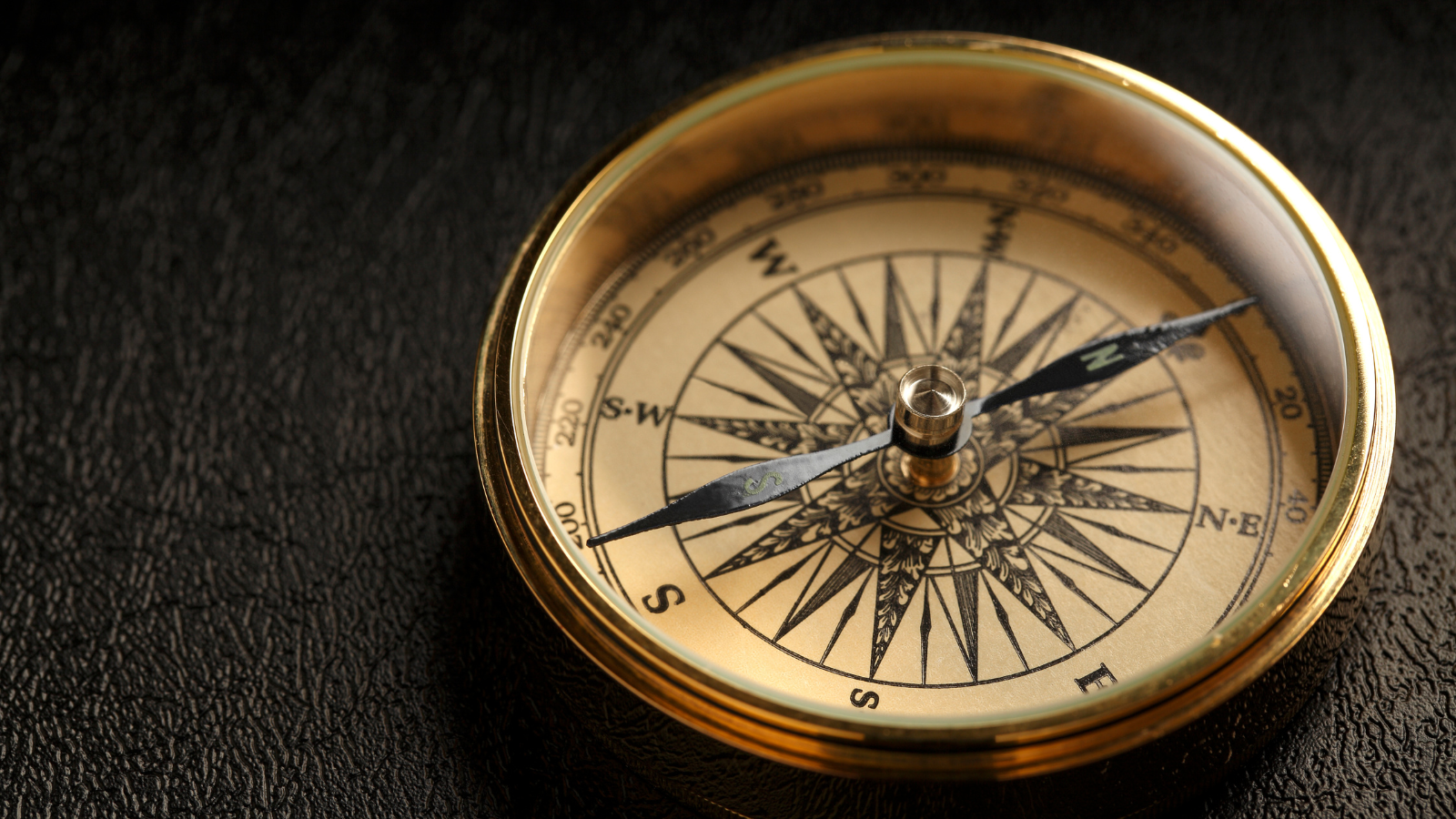
Traveling around Norway is seamless with its efficient transport system:
- Train Journeys: The Bergen and Flam Railway routes are incredibly scenic and popular among tourists.
- Bus and Ferry Networks: Regional buses and ferries connect towns and fjord regions.
- Norway in a Nutshell Tour: A convenient way to experience Norway’s best landscapes in one journey, combining train, bus, and ferry travel.
Cultural Etiquette:
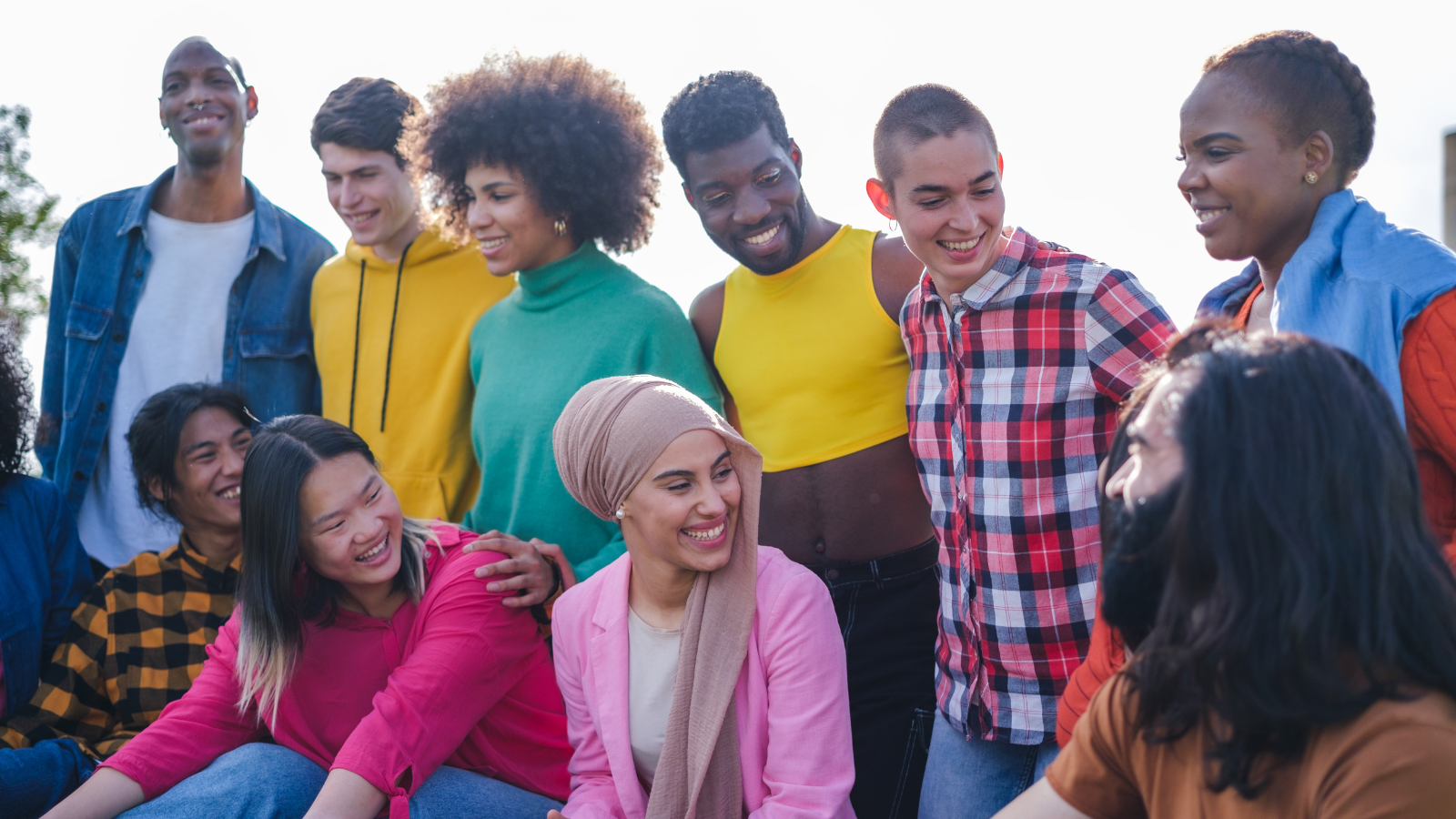
Social Norms:
- Privacy and Modesty:
Norwegians value their personal space and are generally reserved, especially with strangers. Unlike in some cultures, small talk with strangers isn’t very common in Norway, and people may seem distant or quiet. This is not a sign of unfriendliness, but rather a cultural preference for modesty and personal space. Conversations and interactions are often straightforward, without excessive compliments or expressions. - Greetings:
In Norway, greetings are usually formal and understated. A handshake with eye contact is the most common form of greeting, even among friends and acquaintances. Norwegians tend to avoid hugs or kisses on the cheek, especially with people they don’t know well. First names are generally used in casual settings, while more formal titles might be used in business contexts. - Respect for Personal Space:
Personal space is highly respected in Norway, both in public and private settings. When waiting in line or sitting in public places like buses and cafes, try to maintain a respectful distance from others. Norwegians typically prefer keeping a gap between themselves and others, even on public transport. In conversations, standing too close can be seen as intrusive, so a comfortable distance of at least an arm’s length is ideal. Punctuality:
- Importance of Being On Time:
Punctuality is highly valued in Norway, and being late is generally seen as disrespectful. Norwegians view time as a sign of respect, and arriving even a few minutes late for meetings, appointments, or social gatherings can be frowned upon. If you’re running late, it’s courteous to inform the host or contact the person waiting for you. - Social Gatherings and Meetings:
For social events like dinner or a casual get-together, being on time or arriving slightly early is appreciated. Norwegians are known for keeping to planned schedules, and events often start and end on time. It’s considered polite to let the host know if you need to leave early or if you’re unable to make it. - Transport and Public Schedules:
Norwegian public transport, including trains and buses, is also punctual, so plan to arrive a few minutes before the scheduled departure to avoid missing your transport. Apps and timetables are usually up-to-date, making it easy to plan around Norway’s highly efficient transport network. Environmental Responsibility:
- Eco-Conscious Culture:
Norwegians take pride in their beautiful landscapes and are deeply committed to environmental sustainability. Recycling is a significant part of daily life, and you’ll find recycling bins in public spaces, homes, and businesses. If you have waste, sort it properly, as most places have separate bins for plastic, paper, organic, and general waste. - Reducing Waste:
Norwegians aim to reduce waste by reusing and recycling items. Bring reusable bags, water bottles, and cutlery if you’re picnicking or hiking. Using reusable items and reducing single-use plastic is both practical and eco-friendly, aligning with Norwegian values. - Respect for Nature:
Outdoor activities like hiking, skiing, and camping are deeply ingrained in Norwegian culture, and there is a strong respect for nature. When enjoying outdoor areas, avoid littering, follow marked trails, and observe “Leave No Trace” principles to help preserve the environment. Camping in nature is permitted under the “Right to Roam” law, which allows you to camp on uncultivated land, provided you respect the environment and stay at least 150 meters away from residential areas. Dress Code:
- Casual and Practical:
Norwegians typically dress casually, favoring comfortable, functional clothing suited to the weather. Even in urban settings, clothing tends to be practical rather than fashionable. For dinners and social gatherings, smart-casual attire is usually appropriate, while outdoor adventures call for proper gear suited to the season. - Layering for Comfort:
Since Norway’s weather can change quickly, Norwegians dress in layers, allowing them to adjust their outfits throughout the day. In summer, lightweight yet layered clothing works well, while in winter, thermal layers, waterproof outerwear, and sturdy boots are essential. - Footwear:
Comfortable walking shoes or boots are popular in Norway due to the country’s focus on outdoor activities. You’ll often see Norwegians wearing sneakers or boots suitable for varied terrain, even in cities. When hiking or venturing into natural areas, bring proper hiking boots for stability. - Avoiding Extravagant Outfits:
Norwegians are not known for dressing in extravagant or flashy outfits. Simple, functional clothing is preferred, and this understated style aligns with the Norwegian emphasis on modesty and practicality. When visiting churches, museums, or other formal places, it’s respectful to dress modestly, avoiding overly revealing or bright clothing. - Indoor Etiquette with Shoes:
It’s customary to remove shoes when entering someone’s home in Norway. If you’re visiting friends or acquaintances, be prepared to take off your shoes at the door, especially during the winter months to avoid tracking in snow or mud.
Adventure Activities in Norway:
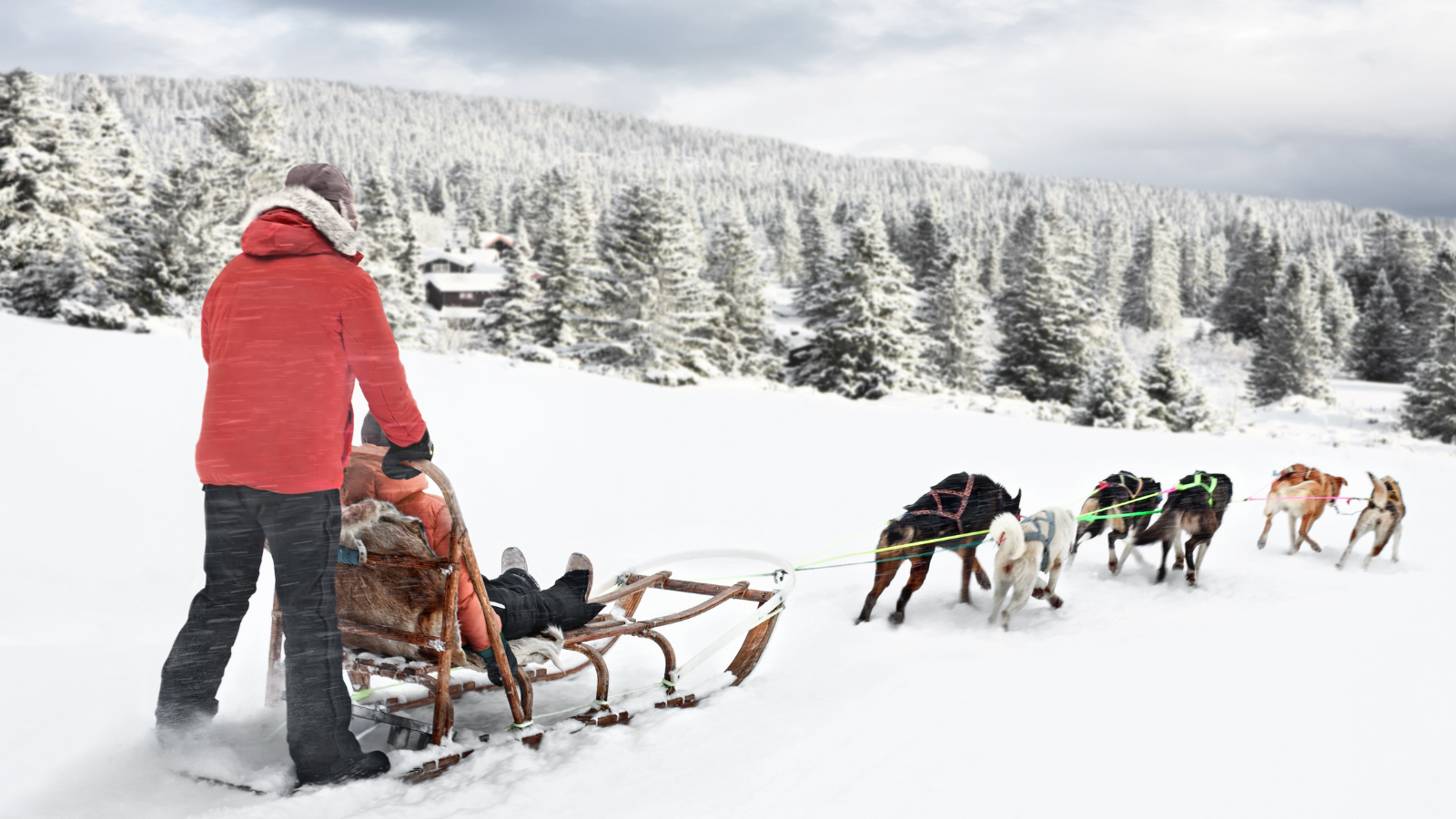
Fjord Cruises and Kayaking
The fjords of Norway are some of the most breathtaking natural landscapes on Earth, offering both serene and adrenaline-inducing experiences. For those who enjoy water activities, fjord cruises and kayaking provide unique ways to experience these majestic sites up close.
- Fjord Cruises:
Norway’s fjord cruises offer travelers an opportunity to glide through narrow waterways flanked by towering cliffs and cascading waterfalls. Popular fjords like Geirangerfjord and Nærøyfjord are UNESCO World Heritage sites, celebrated for their untouched beauty. Many cruises operate year-round, but summer is ideal for calm waters and clear views. Cruise lengths range from short scenic trips to multi-day excursions with overnight stays in charming fjord villages, allowing you to witness the dramatic landscapes from every angle. - Kayaking Adventures:
Kayaking is perfect for those seeking a more active experience on the water. Paddle along tranquil fjord waters, marveling at towering cliffs, wildlife, and small villages that line the shore. Kayaking tours often accommodate beginners, with expert guides providing instruction and all necessary equipment, including wetsuits and dry bags. Aurlandsfjord and Lysefjord are popular spots, with some tours offering sunrise or sunset trips for magical lighting. Sea kayaking is also popular around the Lofoten Islands, where the rugged coastline and dramatic cliffs make for stunning scenery.
Glacier Hiking
Norway is home to some of Europe’s most accessible glaciers, providing a rare opportunity for adventurous travelers to explore these icy wonders with experienced guides.
- Guided Glacier Tours:
One of the most famous glaciers for hiking is Jostedalsbreen, the largest glacier in mainland Europe. Guided tours are essential for safety and include necessary equipment like crampons, ice axes, and harnesses. Professional guides will lead you across the ice, navigating crevasses, blue ice formations, and deep glacial creeks. The routes range in difficulty, from short family-friendly hikes to more challenging climbs that require physical fitness and agility. - Nigardsbreen Glacier:
Nigardsbreen, an arm of Jostedalsbreen, offers popular glacier walks with magnificent ice formations and shades of blue rarely seen in nature. Tours range from introductory hikes for beginners to advanced treks for experienced adventurers. Along the way, guides share insights into glacier formation, the impacts of climate change, and the science behind the glacier's striking colors. - Safety and Equipment:
Glacier hiking requires specialized gear, including helmets, crampons, and sometimes ropes, which tour operators provide. Layers, waterproof outerwear, and sturdy hiking boots are recommended to stay comfortable. Keep in mind that glacier hiking is weather-dependent, and it’s essential to follow the guide’s instructions for a safe experience.
Dog Sledding and Snowmobiling
Norway’s snowy landscapes are perfect for exhilarating winter activities, with dog sledding and snowmobiling offering unforgettable ways to explore the Arctic wilderness.
- Dog Sledding (Mushing):
In Tromsø and the northern regions, dog sledding is an iconic Arctic activity. Join a team of enthusiastic huskies as they pull you through pristine snow-covered trails surrounded by fjords, mountains, and open plains. Most dog sledding experiences are led by professional mushers, though some tours let you “mush” or control the sled yourself. Participants are provided with thermal suits, gloves, and boots for warmth, and are given a brief introduction to handling the sled. Many tours conclude with a visit to the kennel, where you can meet the dogs and learn about the tradition of mushing in Norway. - Snowmobiling:
Snowmobiling is another thrilling way to cover vast snowy terrain quickly and is available in regions like Finnmark and Svalbard. Guided snowmobiling excursions take you through frozen valleys, across snow-covered plateaus, and sometimes even to glaciers, where you can soak in the breathtaking Arctic scenery. These tours often include safety instructions, helmets, and full-body thermal suits. Snowmobiling is suitable for most fitness levels, and some tours include stops to capture panoramic photos or warm up with hot drinks around a campfire.
Northern Lights Tours
Experiencing the Northern Lights, or Aurora Borealis, is a bucket-list experience for many, and Norway’s Arctic regions provide some of the best viewing conditions. Specialized tours maximize your chances of witnessing this natural phenomenon, especially during the peak season from late September to early April.
- Guided Aurora Safaris:
Northern Lights tours often involve traveling to remote areas with minimal light pollution, increasing your chances of seeing the aurora. Experienced guides use real-time weather data and aurora forecasts to locate the best spots for viewing. Tours vary in duration, with options from short evening trips to overnight adventures in wilderness camps. Some tours include storytelling about the aurora’s cultural significance, hot drinks, and fireside gatherings to create a cozy and memorable experience. - Photography Assistance:
Capturing the Northern Lights requires specific camera settings, and many tours provide guidance for photographing the aurora. Tripods are essential for long-exposure shots, so it’s worth bringing your own or checking if the tour provides one. Guides often share tips on adjusting ISO, shutter speed, and aperture to help you capture the aurora’s ethereal colors and patterns.
FAQs:
- What is the best time to visit Norway for Indian tourists?
The ideal time for Indian travelers to visit Norway depends on their interests. For those wanting to see the Northern Lights, winter months (November to February) are best. Summer (June to August) offers longer daylight hours, ideal for outdoor activities and fjord cruising. - Is Norway expensive for Indian travelers, and how can I budget my trip?
Norway is known to be expensive, but with proper planning, Indian travelers can budget efficiently. Consider off-peak travel times, use public transportation, stay in budget accommodations, and explore meal options like food markets or grocery stores for cost savings. - What are the visa requirements for Indians traveling to Norway?
Indian citizens require a Schengen visa to enter Norway. It's recommended to apply at least 3–4 weeks before departure. Required documents include proof of accommodation, a return flight ticket, travel insurance, and sufficient financial means. - What are must-visit destinations in Norway for Indian tourists?
Some must-visit destinations include the fjords (Geirangerfjord, Nærøyfjord), Oslo (Vigeland Park, Viking Ship Museum), Tromsø for the Northern Lights, and Bergen’s colorful wharf area, Bryggen. These offer a mix of natural beauty and cultural heritage. - How is the food scene in Norway for Indian tourists?
While Norwegian cuisine focuses on seafood and traditional dishes, Indian travelers can find Indian restaurants in major cities like Oslo, Bergen, and Stavanger. Groceries and accommodations with kitchenettes allow for cooking as well. - Can Indian tourists experience the Northern Lights in Norway?
Yes, Tromsø and other northern towns are prime spots to witness the Northern Lights between November and February. Joining guided Northern Lights tours increases the chances of catching this spectacular natural display. - What should I pack for a trip to Norway from India?
Packing depends on the season. For winter, bring thermal layers, insulated jackets, gloves, and a sturdy pair of boots. In summer, lighter clothing with layers, a waterproof jacket, and comfortable walking shoes are ideal. - Is it easy to travel around Norway for Indian tourists?
Yes, Norway has a well-connected and efficient transportation system, including trains, buses, and ferries. The Norway in a Nutshell tour is popular for experiencing fjords and mountains. Public transport apps can make it easier to navigate. - Are there specific cultural etiquettes Indian travelers should know about in Norway?
Norwegians value privacy and personal space. Greetings are typically a handshake and direct eye contact. It’s polite to remove shoes when entering someone’s home. Norwegians also appreciate punctuality, so arriving on time is important. - How accessible is Norway’s natural landscape for Indian tourists?
Norway’s landscapes, including the fjords, mountains, and national parks, are accessible through organized tours, scenic train rides, and hiking trails suitable for various fitness levels. Accommodations near natural attractions cater to travelers seeking both comfort and adventure.
Conclusion:
Norway promises an unforgettable experience, from awe-inspiring landscapes and cultural immersion to thrilling adventures and peaceful city escapes. With a bit of planning, Indian travelers can enjoy the best of Norway in any season. Whether it’s the allure of the Northern Lights, the tranquility of fjords, or the charm of cities like Oslo and Bergen, this guide aims to help you make the most of your Norwegian adventure with confidence and excitement. So pack your bags and set off on a journey to one of the most beautiful destinations in the world!






